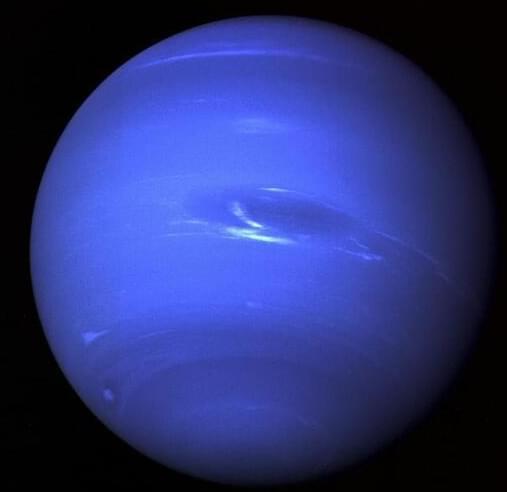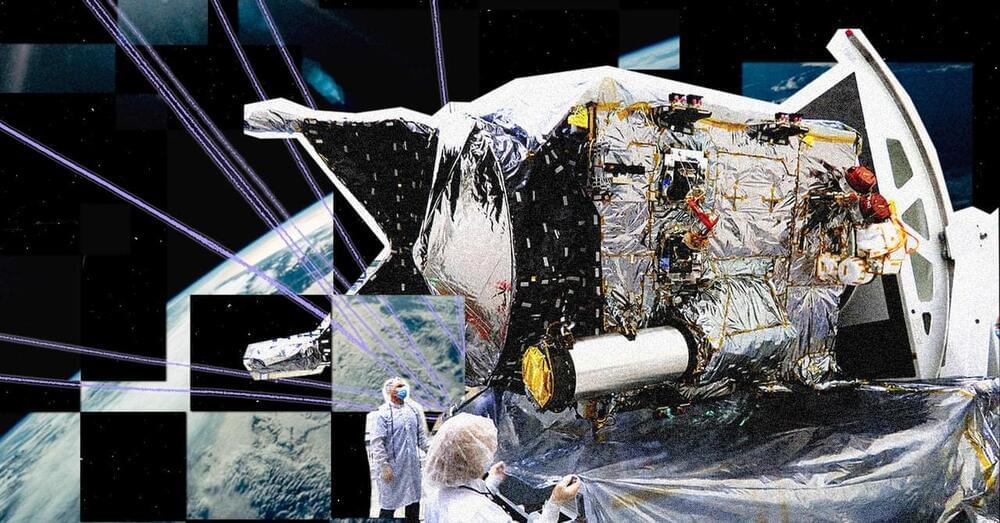The digital realm, while offering boundless possibilities, is also a fertile ground for myriad cybersecurity threats. One such peril that has recently come to light is the User-After-Free vulnerability in Google Chrome, specifically identified as CVE-2023–5218. This vulnerability not only poses a significant threat to user data and system integrity but also opens a Pandora’s box of potential cyber-attacks and exploitations.
The User-After-Free vulnerability is a type of cybersecurity flaw that surfaces when a program continues to utilize memory space after it has been freed or deleted. This flaw allows attackers to execute arbitrary code or potentially gain unauthorized access to a system. CVE-2023–5218, identified within Google Chrome, was noted to be potentially exploitable to perform such malicious actions, thereby putting users’ data and privacy at substantial risk.
CVE-2023–5218 was unveiled to the public through various cybersecurity platforms and researchers who detected unusual activities and potential exploitation trails leading back to this particular flaw. This vulnerability was identified to be present in a specific Chrome component, prompting Google to release a flurry of updates and patches to mitigate the associated risks.






